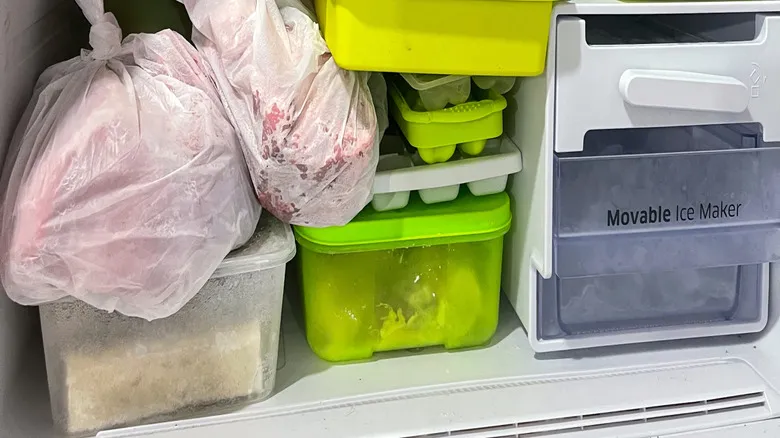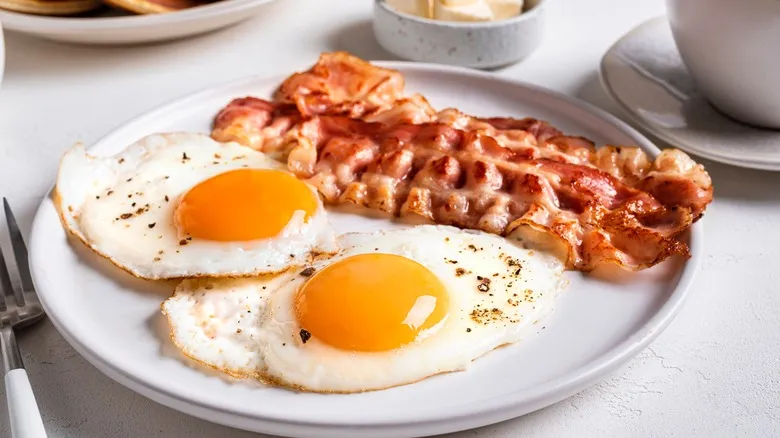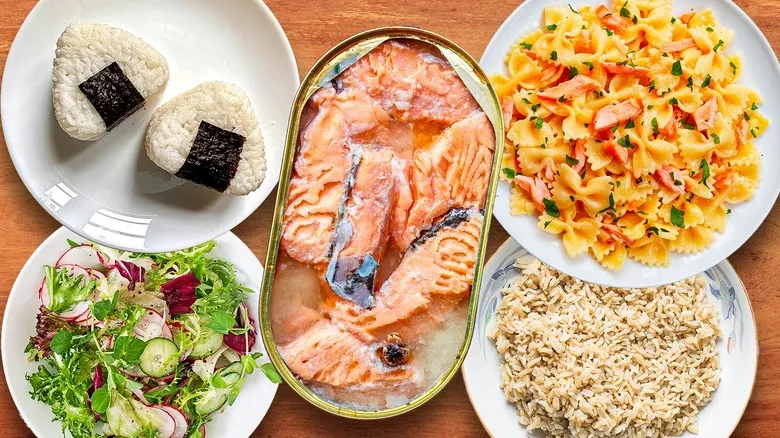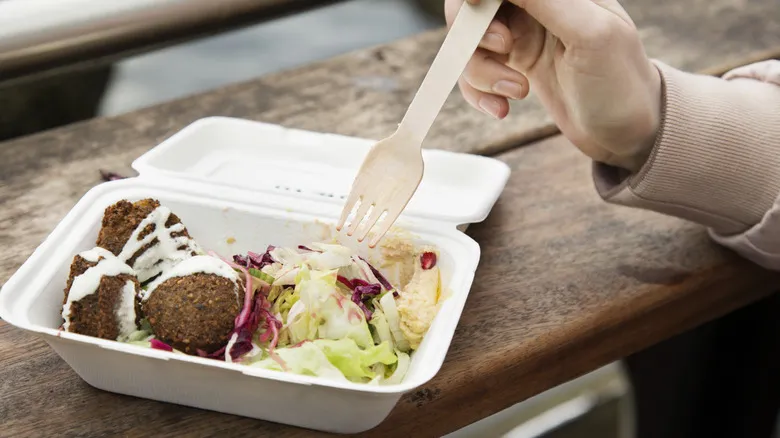Don't weigh down your pizza crust

Thin crust pizza can only support a limited amount of weight, so while you can still enjoy a variety of tasty toppings, a good guideline is to stick to three ingredients (excluding herbs) when topping your dough. It's also wise to go easy on watery vegetables, as they can produce steam in the oven and make the crust soggy. To prevent this, consider using just one or two types of vegetables on your pizza, or if you're preparing it at home, sauté the veggies in a pan briefly before adding them. This will help release some moisture in advance.
If you're crafting your own pizza, don't forget about the sauce. Tomatoes contain a lot of water, so while it might be tempting to slather on a thick layer of sauce, the fruit's vibrant, tangy flavors will come through with just a small amount. Use only enough sauce to create a thin layer on the dough; otherwise, your homemade thin-crust slices may become limp.
Lastly, if you're at home and eager to add more toppings, there's a simple solution. Shape the dough as you normally would, brush it lightly with olive oil, and bake it for a few minutes until it begins to set. Then, take it out of the oven, add your toppings, and let it finish baking. This method will help firm up the crust enough to support additional weight, but you should still be cautious about the number of ingredients you choose to use.
Recommended

The Flavor Boosting Ingredient You Should Always Keep In Your Freezer

The Worst Mistake To Make When You're Trying To Perfect Sunny Side Up Eggs

10 Ways To Give Canned Salmon An Upgrade

There Are Some Takeout Containers You Really Shouldn't Be Microwaving
Next up

